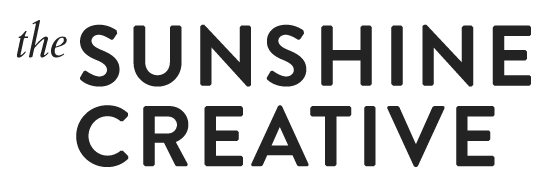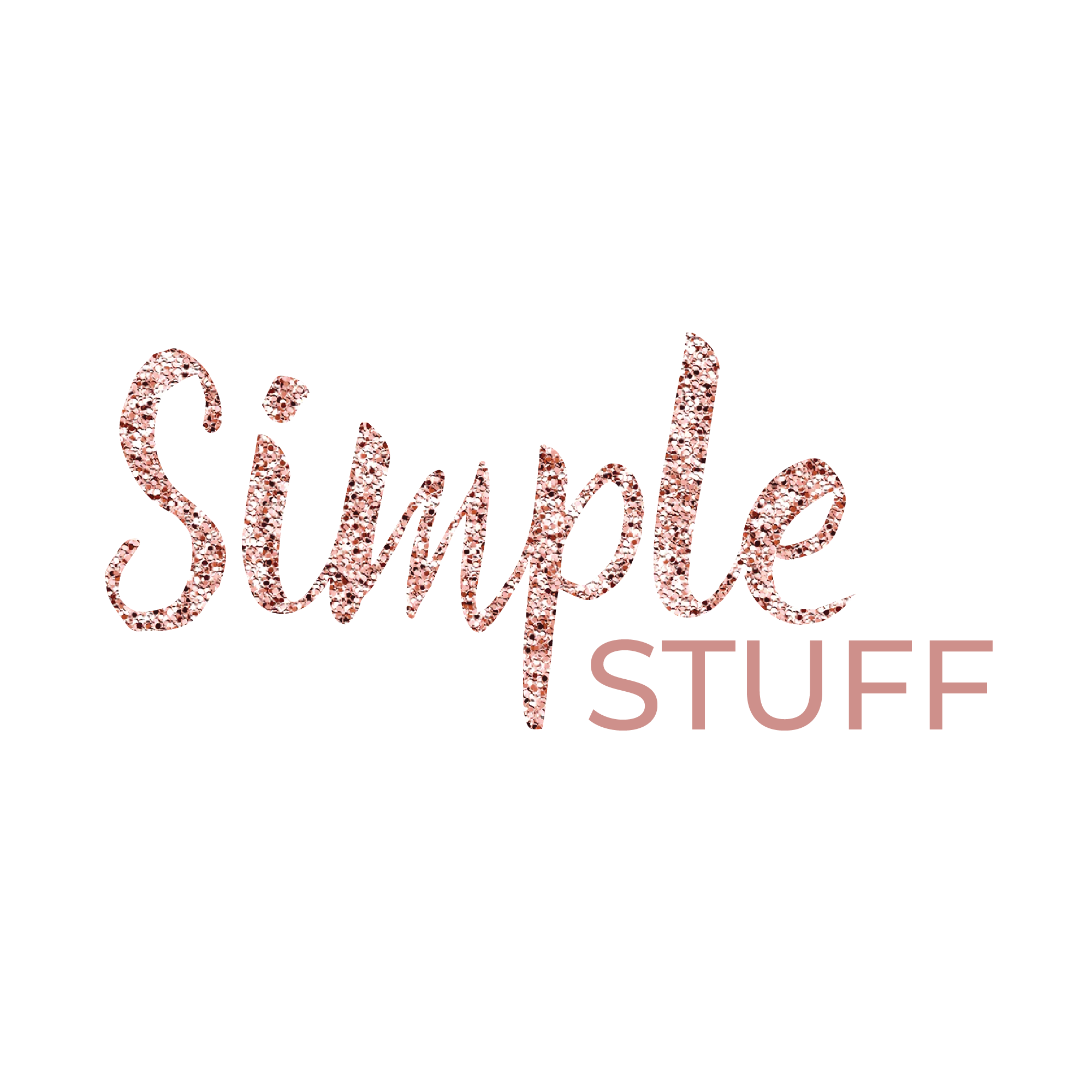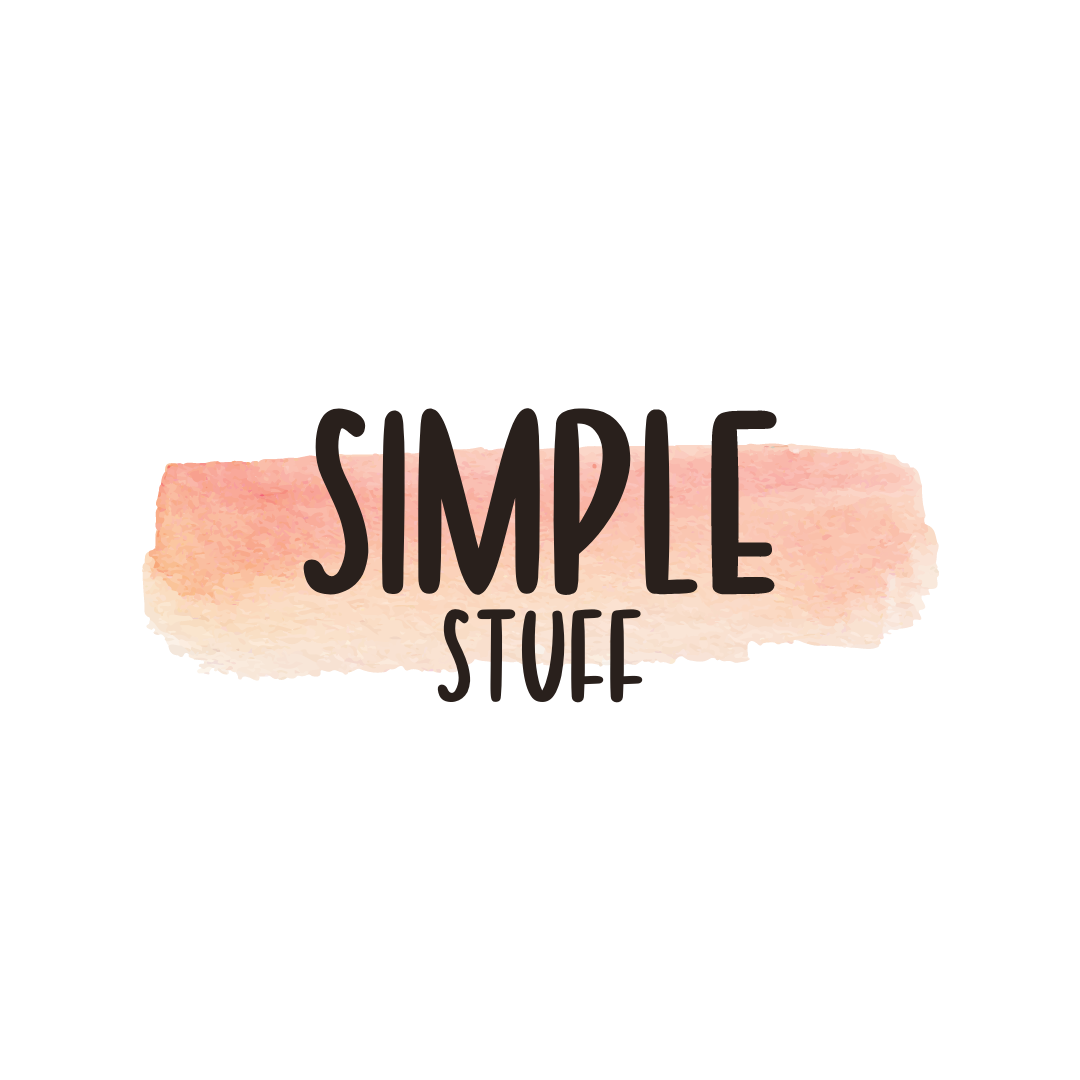5 Small Business Branding Mistakes
This post contains affiliate links.
At no additional cost to you, The Sunshine Creative may earn a commission if you use these links to buy something.
Pobody’s nerfect, people, and from one small business owner to another, we’re pretty prone to making mistakes regularly while we try to figure everything out. From my time working with businesses in an agency setting to directly auditing small businesses’ brands, I’ve come across some pretty common yet easily fixed mistakes.
Keep reading to see all five of the top mistakes small businesses make with their brands or click through these below to see specific ones:
Using Raster Images in a Logo
Okay, I’m starting off with some branding/design jargon here, so let me explain.
Raster images are graphics made up of pixels in a grid. These graphics are not scalable and may distort or pixelate when scaled up or down in size. Raster file formats include PNG, JPG, and GIF.
Keep in mind here that I said in a logo not as a logo. In most cases, you’ll need to use a PNG or JPG file when you’re uploading your logo to your social media or website, and that’s perfectly fine. The larger concern is when your logo incorporates a photograph-like element in it.
This is an issue because:
It won’t scale well and may become pixelated in the process.
It cheapens your brand.
It can make things hard to read.
Here are two examples of the types of logos I’m talking about:
Don’t worry – I made these myself for this purpose. I’d never publicly shame a small business!
If you’re thinking, “but these are so cute!” that’s okay. There’s a style and taste for everyone, but from my professional design perspective, I do not consider these to be appropriate as logos for small businesses that are looking to be successful.
How To Properly Use Raster Images in Your Brand
I’m not saying you can’t use raster images in your brand at all – that’d be preposterous! I’m just saying that you need to keep them out of your logo.
Love watercolor brush strokes? Let’s make them an accent instead for your marketing material! Add them into your Etsy shop banner or as a graphic element throughout your website.
Obsessed with gold foil? Save it for your print pieces! In my opinion, gold foil and glitter really only translate well in real-life and not in a digital environment. When you have your next round of business cards printed, don’t just upload your logo with a raster image of gold foil to fake the metallic look. Splurge for the real gold foil! Trust me, it’s worth it.
Getting Slap-Happy with Canva Templates
I’ll be honest – I love Canva! For decades, graphic design was really only available to those who paid for the software, and I’m a major proponent for removing gatekeeping from the design industry. Canva plays a huge role in this by offering a free version to its users and providing templates to make design easy for those who aren’t as experienced.
Keep in mind though that Canva templates weren’t made specifically for your brand, and you’re going to need to put some extra time in to make them work for you beyond replacing the template’s text and images.
It’s easy to start looking through their, say, Instagram post templates and start making design after design to post on your feed. Next thing you know though, your feed is going to look super inconsistent and filled with so many fonts, colors, and image styles that no one will be able to even slightly identify your brand.
How To Properly Use Canva Templates
Don’t step away from the templates just yet! If you’re not ready to hire a designer to make custom templates for you, you can tweak these templates to make them work better with your brand.
For Canva Pro users, you can set up a Brand Kit on the Canva website to include all of your brand logos, colors, and fonts. Having your Brand Kit makes updating a template a breeze because all of your brand assets are just a click away.
If you don’t pay for Canva Pro, don’t worry! You can still update templates, but you’ll have to put a little more work into it than Pro users who have access to the Brand Kit feature.
Once you’ve found a template you love, go through and update all of the fonts and colors in it to match your brand. Not only will this give you more brand consistency and clarity, but it will also ensure you’re not caught posting an identical image as another business who used the same template!
Here’s an example of a Canva Instagram Post Template and my updated on-brand version for The Sunshine Creative:
Ignoring Brand Guidelines
Oof. This is my least favorite of all. You (most likely) spent your hard-earned money to work with a brand expert or visual designer to build out your brand. Your designer (most likely) spent many hours perfecting your brand and provided you with a nicely wrapped package of goodies at the end of your project. One of those goodies being the oh-so-important brand guidelines.
Brand guidelines are the backbone of keeping your brand held together, and if you’re ignoring them, then both your designer and I are very angry with you. Okay, we aren’t mad, we’re just disappointed.
Let’s be real. Typically small business owners hire others to design their brand for one of two reasons:
They don’t have time to do it themselves.
They aren’t experienced enough in brand design and want an expert to do it for them.
If you’re one of the latter, then your brand guidelines should be absolutely everywhere that you do your work. In a permanently open window on your computer, pinned to your office’s cork board, filed away with your important business documents. Everywhere. Because here’s the thing: you need it.
Yes, we’ve all tried to put IKEA furniture together without reading the instructions, but we also all know that leads to a home full of wobbly tables and filing cabinets that could’ve been sturdier if we’d just read the instructions.
Think of your brand guidelines as your IKEA instructions but more exciting and most likely lacking any Swedish words or phrases. It should spell out how your logo should and shouldn’t be used, provide you with primary and secondary colors, and show you a hierarchy of different fonts or typefaces to use. If you follow these guidelines and don’t break any of the explicit rules your designer laid out, then you’ll be on your way to a better brand.
Not Investing in a Brand
I’ll start by saying that I understand that not every small business owner has access to unlimited funds to invest in their brand on a whim. But I’m not just talking about money here. Investing time into your brand is just as important as investing financially if you want to build a successful business.
How To Invest in Your Brand
This isn’t a one-size-fits-all kind of situation. Each business will require attention in different areas of its brand, and I recommend first starting with either a brand audit or with my Is It Time to Rebrand My Business? quiz to figure out where you need to focus your time and money.
If you’d like for me to handle your brand audit, you can schedule a call with me. If you’d like to take a shot at it yourself, I’ve created a handy brand audit checklist that you can use to guide yourself through the process.
Mistaking a Logo for a Brand
Say it with me: “A logo is not a brand.” So if all your business has is a logo, then you don’t have a brand. Sure, a logo is a great place to start, but to attract your dream customer/client, build your audience, and stand out against your competition, you’re going to need more.
Having a fully developed brand will not only handle all of the aforementioned positives, but it will also make your life so much easier when it comes to writing your social media captions, designing marketing materials, and even putting together your email newsletter.
Here are the key pieces that I recommend having for a well-developed brand:
Mood Board
Mission Statement
Target Audience Description
Brand Adjectives
Brand Voice
Logos
Preferably one for horizontal use, one for vertical use, and an icon versionColor Palette
Primary and secondary/accent colorsFonts/Typefaces with a Hierarchy
Are you making any of these mistakes? Let’s get them corrected!
Schedule a brand audit with me to start discussing what could be cleaned up in your existing brand or apply to work with me to start from scratch! If you’re looking to handle these things on your own, check out my resources for some extra guided help.




